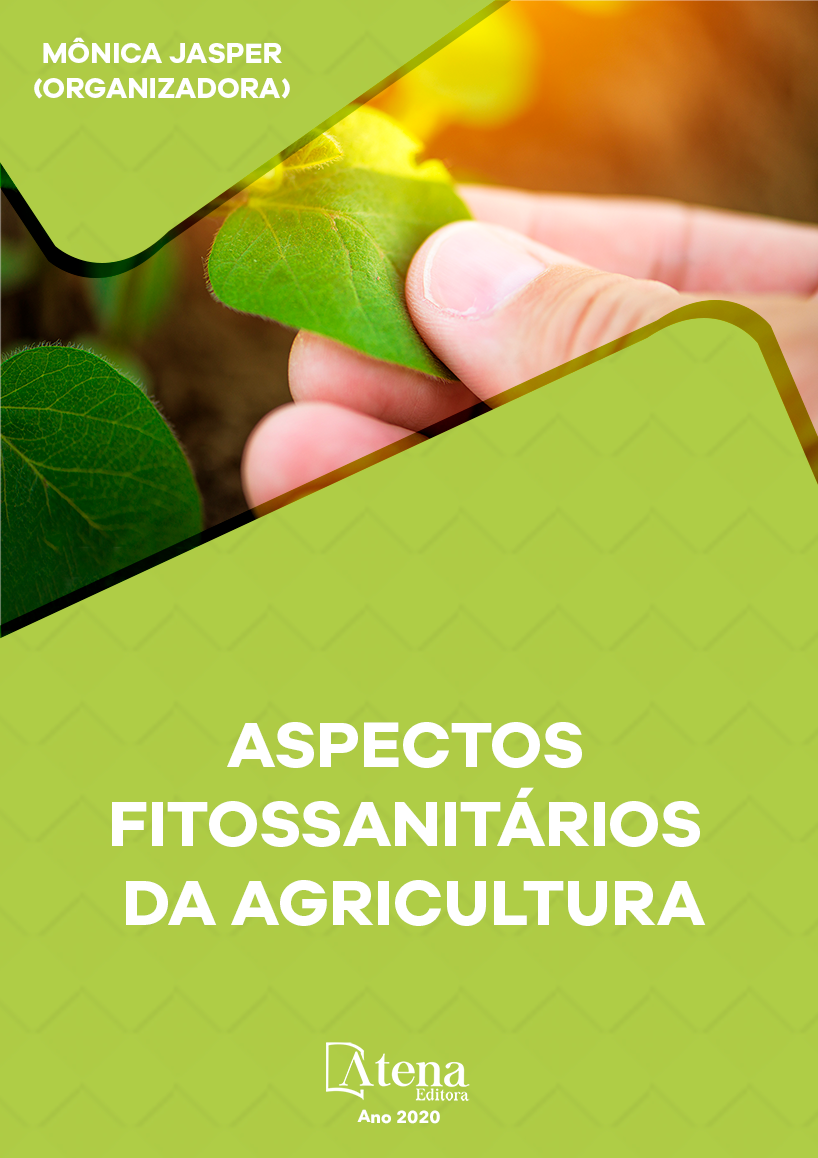
DIFERENTES MÉTODOS DE INOCULAÇÃO DE Colletotrichum falcatum EM CANA-DE- AÇÚCAR.
A podridão vermelha, cujo agente causal é Colletotrichum falcatum, causa prejuízos importantes à cana-de-açúcar, sobretudo pela inversão de sacarose, o que diminui o rendimento em seu processamento. O objetivo com este estudo foi avaliar diferentes métodos de inoculação de Colletotrichum falcatum, sobre o desenvolvimento da doença podridão vermelha em cana-de-açúcar. Toletes da variedade comercial CTC9003, sabidamente suscetível, contendo uma gema cada, foram inoculados de diferentes formas: imersão dos toletes em suspensão de conídios e deposição de disco de micélio-ágar sobre os toletes, ambos processos, com e sem ferimento. Aspectos relacionados à brotação e emergência, ao apodrecimento dos toletes e morte das gemas foram observados quinzenalmente durante 45 dias. Da mesma forma, segmentos de folhas destacadas obtidos da mesma variedade anterior, CTC9003, foram inoculadas de diferentes formas: pulverização dos segmentos até o ponto de escorrimento de suspensão de conídios e deposição de disco de micélio-ágar sobre os segmentos, ambos processos, com e sem ferimento. Os segmentos de folhas foram acondicionados em placas, e as avaliações que consistiram na observação de sintomas. Verificou-se que os métodos de inoculação do mesmo modo, quando inoculado em segmentos de folhas destacadas, não foram observados sintomas iniciais característicos da doença.
DIFERENTES MÉTODOS DE INOCULAÇÃO DE Colletotrichum falcatum EM CANA-DE- AÇÚCAR.
-
DOI: 10.22533/at.ed.4092013036
-
Palavras-chave: Podridão Vermelha. Saccharum officinarum L. Patogenicidade
-
Keywords: Red Rottenness. Saccharum officinarum L. Pathogenicity
-
Abstract:
The red rottenness, whose causal agent is Colletotrichum falcatum, causes important damages to the sugarcane, above all for the sucrose inversion, what reduces the income in its processing. The objective with this study was to evaluate different methods of inoculation of Colletotrichum falcatum, on the development of the disease red rottenness in sugarcane. Oarlocks of the commercial variety CTC9003, knowingly susceptible, containing a yolk each, they were inoculated in different ways: immersion of the oarlocks in conídios suspension and deposition of micélio-agar disk on the oarlocks, both processes, with and without wound. Aspects related to the brotação and emergency, to the rottenness of the oarlocks and death of the yolks were observed biweekly for 45 days. In the same way, obtained segments of outstanding leaves of the same previous variety, CTC9003, were inoculated in different ways: pulverization of the segments to the point of flowing of conídios suspension and deposition of micélio-agar disk on the segments, both processes, with and without wound. The segments of leaves were conditioned in plates, and the evaluations that consisted of the observation of symptoms. It was verified that the methods of inoculation in the same way, when inoculated in segments of outstanding leaves, characteristic initial symptoms of the disease were not observed.
-
Número de páginas: 6
- Deigue Garcia Duarte
- Cássio do Santos Martins
- Gabriella Souza Cintra
- Jaeder Henrique da Silva Ferreira


